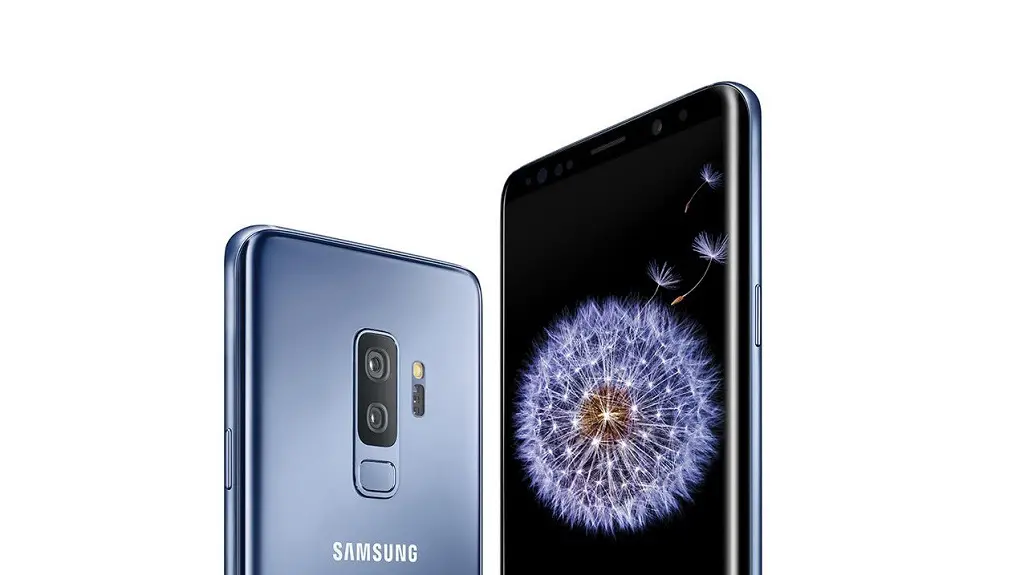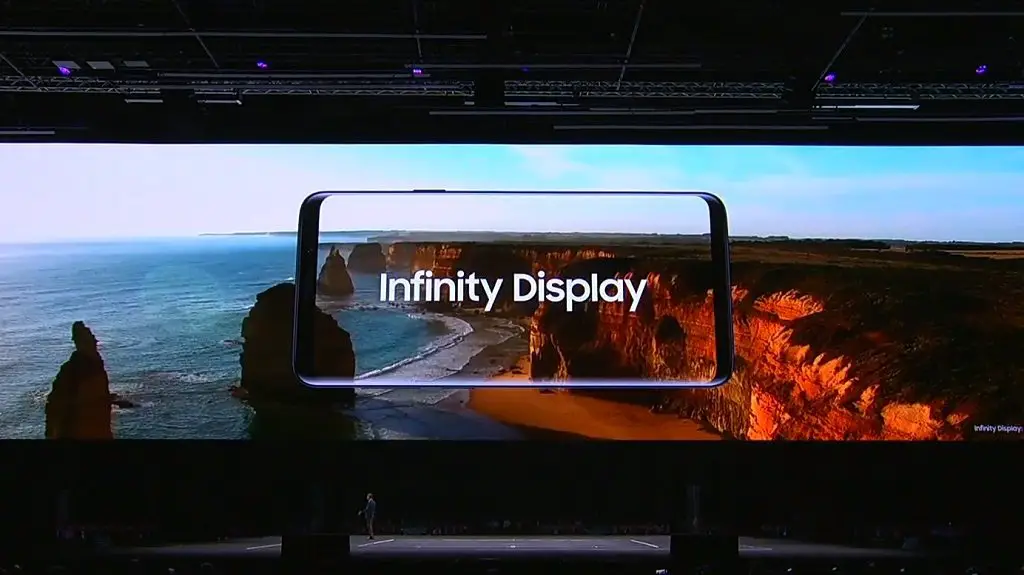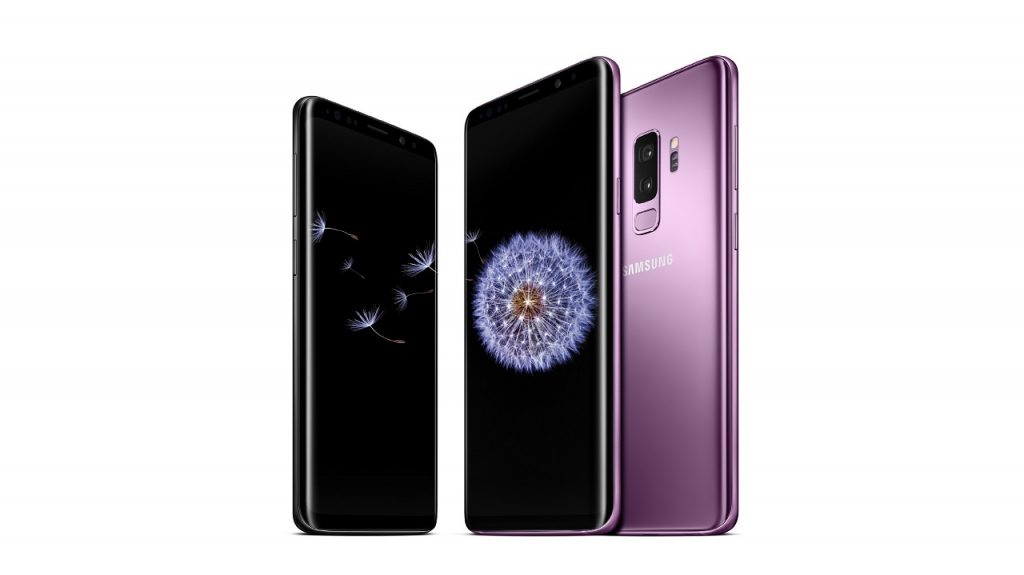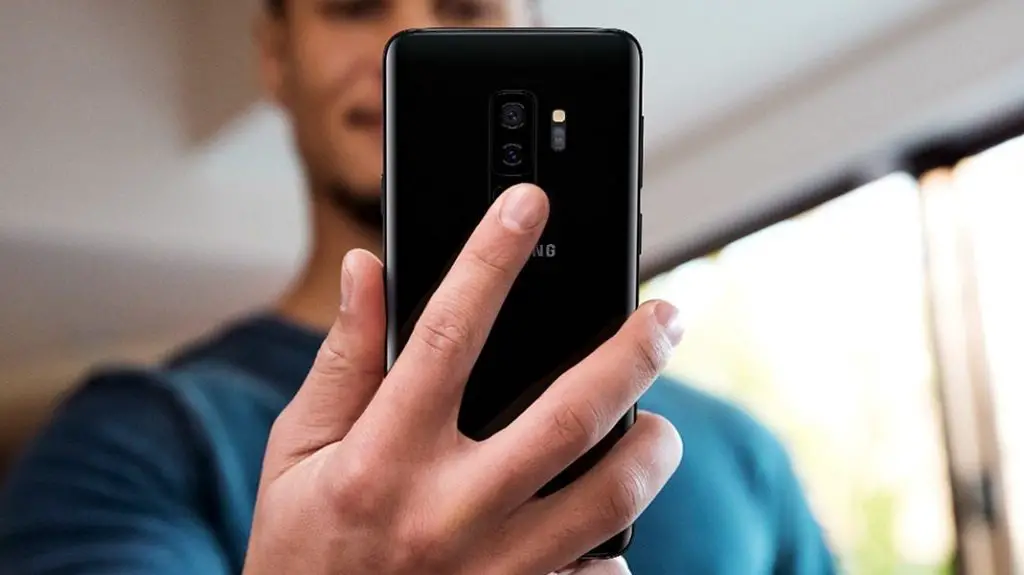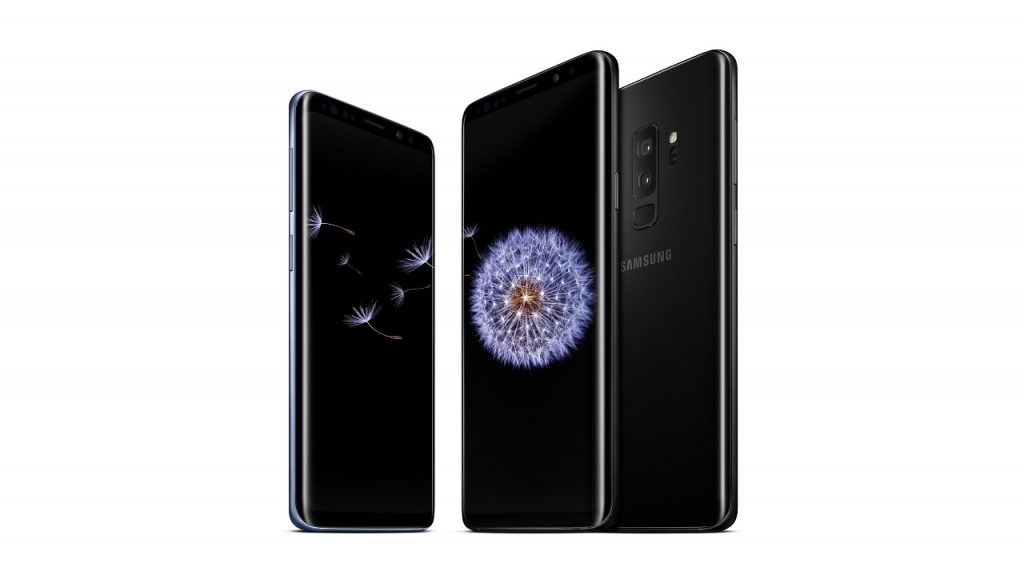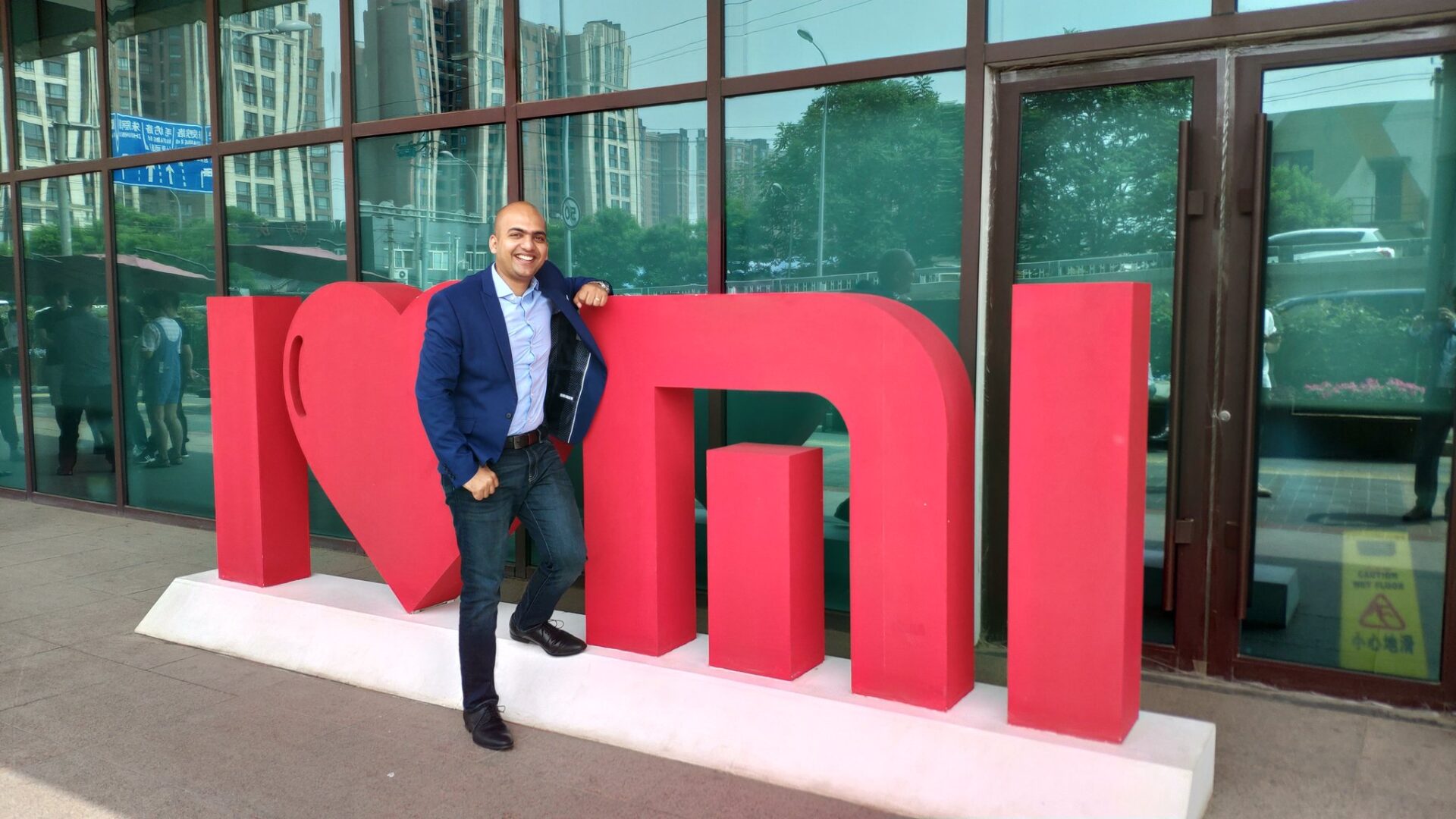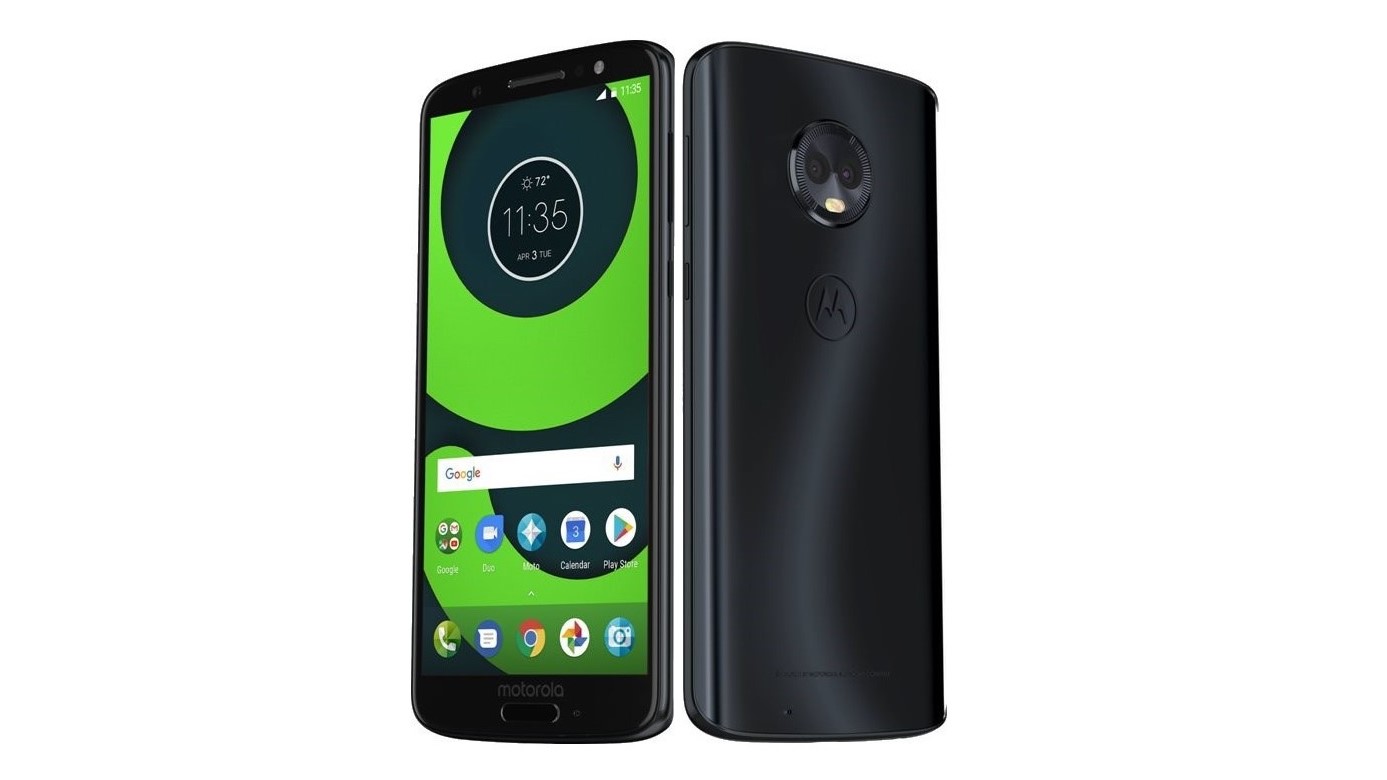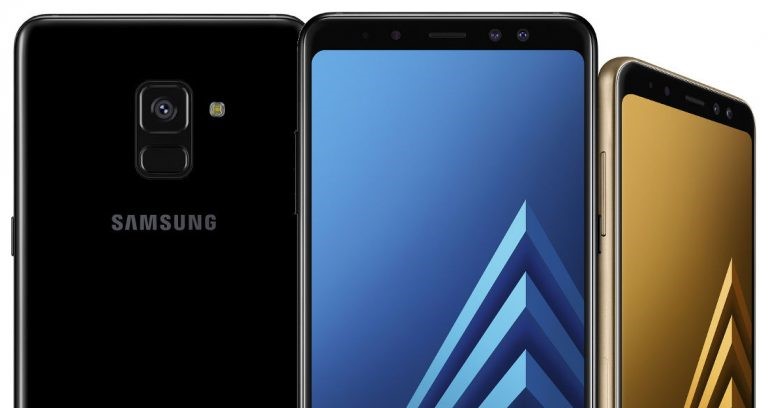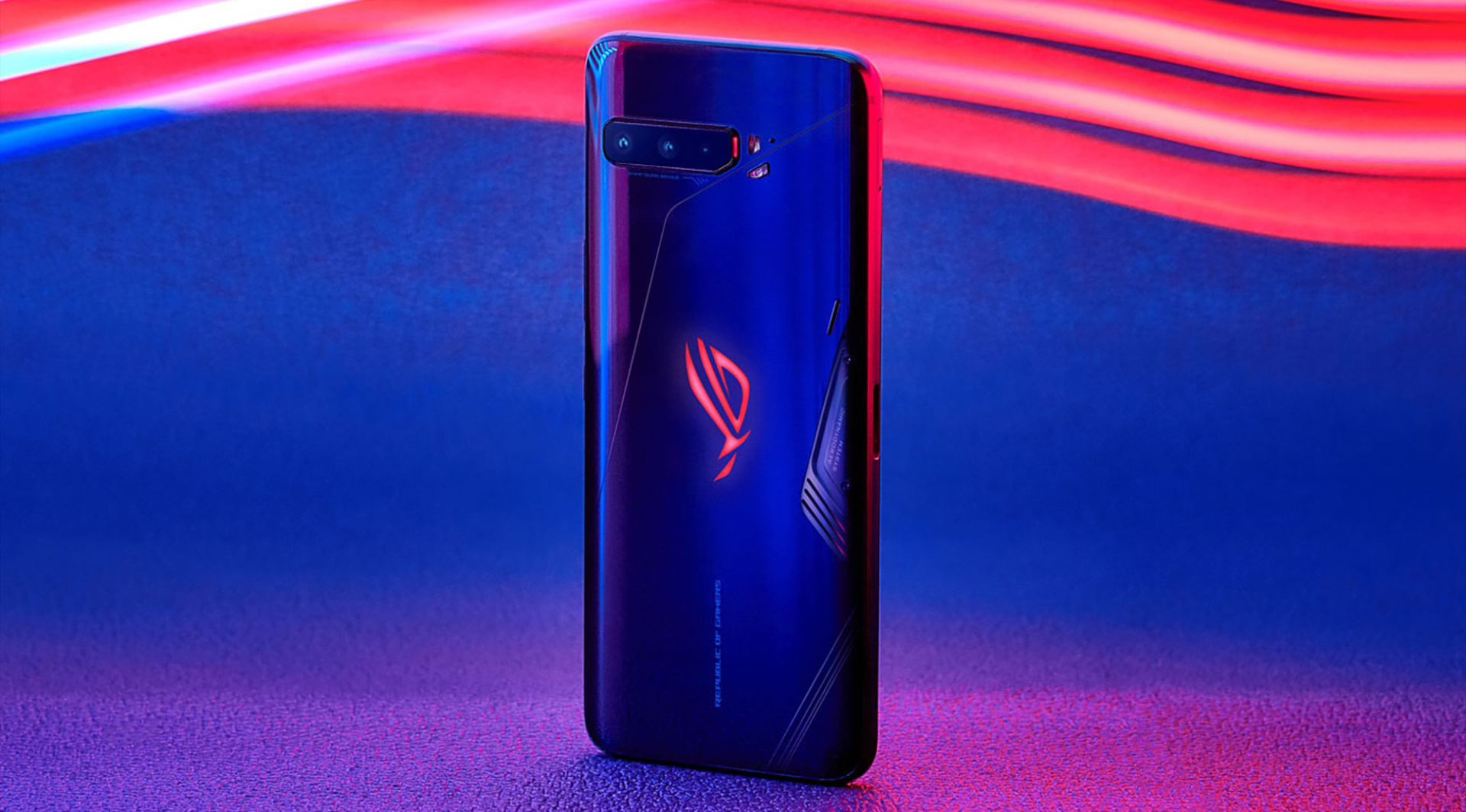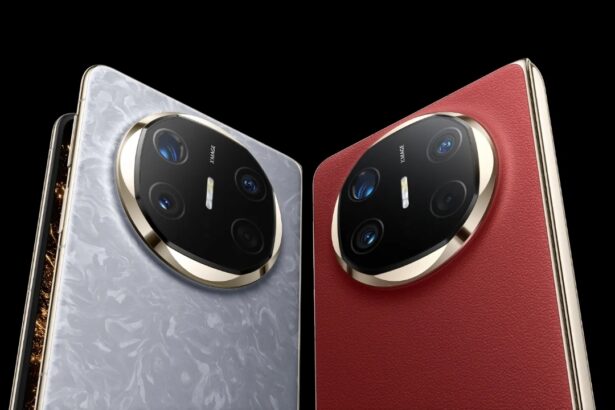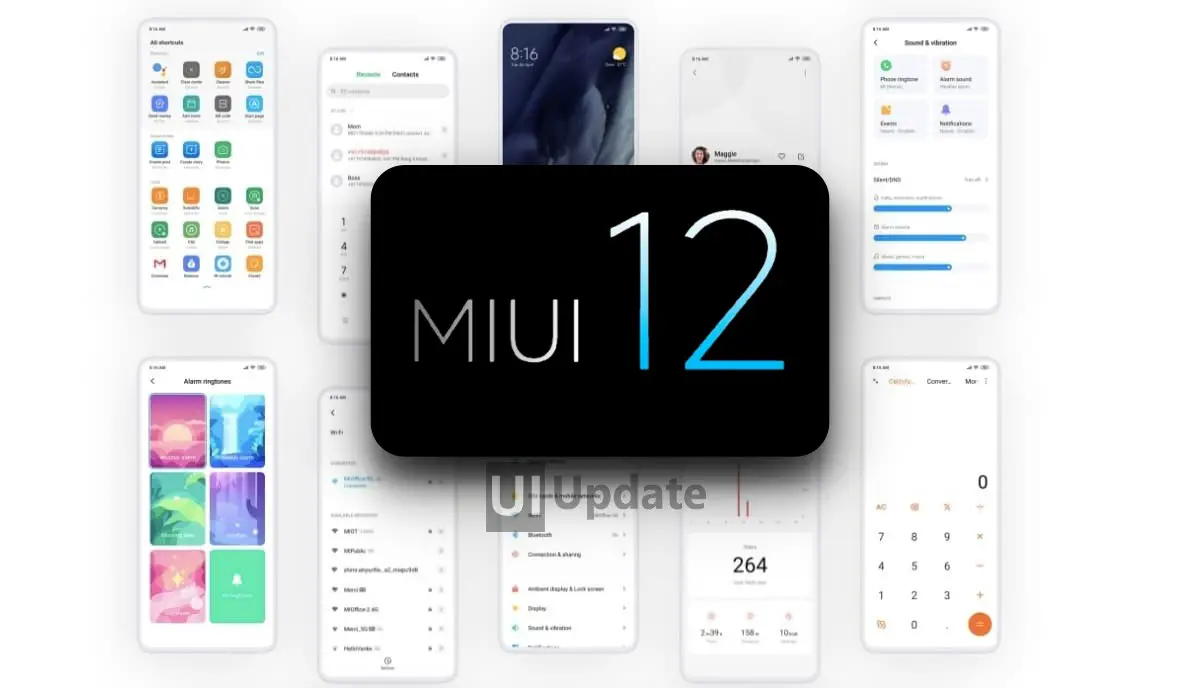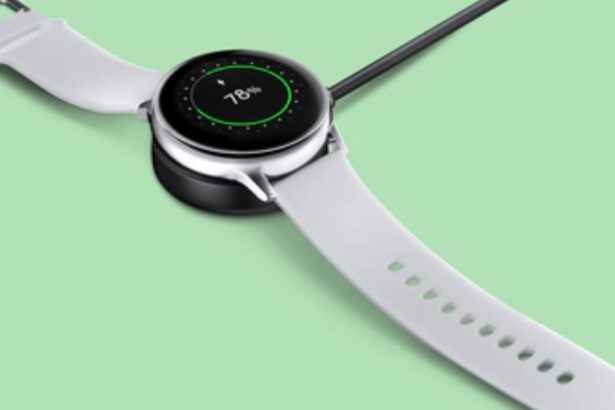After a long run of leaks and rumours, the Samsung Galaxy S9 and S9+ are finally announced. Samsung today announced its latest flagship smartphone at the Samsung Unpacked 2018 event a day ahead of MWC 2018. The Galaxy S9 and S9+ sport a design similar to their predecessors, but they boast an upgraded, or “reimagined” as Samsung likes to say, camera system. There are a lot of major and minor changes made to the two Samsung flagships and you might want to know about in depth.
Display & Hardware
The Samsung Galaxy S9 sports a 5.8-inch QHD+ curved Super AMOLED. Whereas, the Galaxy S9+ features a 6.2-inch QHD+ curved Super AMOLED display with the bezel-less design. They both sport the same 18.5:9 aspect ratio as the Galaxy S8-series from last year and not much has changed since then when it comes to the devices’ displays. And that’s not a negative point at all, in fact, Samsung makes some of the best OLED displays in the market and its Galaxy S8 and S8+ sported them. The Infinity Display on the Galaxy S9 duo still offers an experience that is better than many other comparable smartphones in the market.
Both the devices are powered by the Snapdragon 845 (or Exynos 9810) octa-core processor which will be coupled with either 64GB or 256GB storage based on the variant. The device can take in a microSD card of up to 400GB. Surprisingly, the devices sport the long gone but not forgotten 3.5m headphone jack. The Galaxy S9 will be available with 4GB of RAM and 64/256 GB of internal storage and the Galaxy S9+ will be available with 6GB of RAM and 64/256GB of storage variants. Stereo speakers have made a debut here and they have been tuned by AKG to offer a cinematic sound experience with support for Dolby Atmos.
One of the most controversial matters of the Galaxy S8 and Galaxy Note 8 was the placement of their fingerprint sensor; it was placed beside the camera making it tough for an average user to reach it without stretching the index finger. Samsung has heard these complaints and the Galaxy S9 and S9+’s fingerprint scanners are now placed below the camera setup. Samsung introduced this change earlier this year with the launch of the Galaxy A8 (2018) and Galaxy A8+ (2018). Both the flagships will come with Android 8.0 Oreo out of the box.
Connectivity options include LTE, dual-band WiFi, USB Type-C, and Bluetooth 5.0. The battery capacity of the Galaxy S9 is decent at 3000mAh and the Galaxy S9+ comes with a 3500mAh battery, which is again the same as their predecessors. Both of them are dust and water resistant with IP68 rating and support fast charging, both wired and wireless. Samsung has also released the new DeX station alongside the two flagships called the DeX Pad. The new Samsung DeX allows the user to use their Galaxy as a computer just by connecting to a monitor without the need of a keyboard or a mouse.
Cameras
The Samsung Galaxy S9 packs in a Super Speed Dual Pixel 12-megapixel shooter with OIS and f/1.5 and f/2.4 aperture. On the other hand, the Galaxy S9+ sports a dual-camera setup having a 12-megapixel primary sensor with autofocus, a wide angle lens, and f/1.5 & f/2.4 aperture. Both the cameras have the Supers peed Dual Pixel sensors. The front cameras of both the devices are the same — an 8-megapixel sensor with f/1.7 aperture. The pair brings major changes and improvements in the camera department with the new rear cameras now supporting variable apertures. The dual-aperture setup at the rear allows the phones to shoot with f/2.4 aperture when there’s a good amount of light and it will switch to f/1.5 aperture setting when the camera senses lower light.
Other than that, the Galaxy S9 duo also bring the new super slow-motion video recording capabilities which allows them to capture 720p videos at 960fps. Taking inspiration from iPhone X’s Animoji, Samsung has included a feature called AR Emoji, which functions in a bit different way. It creates an animated 3D avatar of the user which can later be customised using a host of different options and it can be used to create short videos with audio as the avatar mimics the user’s expressions. These AR Emojis work cross-platform and can be easily shared on any messaging app, like WhatsApp.
Pricing
Also Read: From Nokia 8110 to Nokia 8 Sirocco: Everything HMD Global announced today
The Galaxy S9 and S9 Plus will be available in three colour options — Midnight Black, Coral Blue, Lilac Purple, and Titanium Grey. The devices are available for pre-orders from March 2 in the U.S. and they will ship to the customers starting from March 16. The pricing for the phones start at $719.99 (~₹46,592) for the Galaxy S9 in the U.S., and for the Galaxy S9+, the number is $839.99 (~₹54,357). The two phones have gone up for pre-orders in India via Samsung’s online store for a pre-booking fee of ₹2,000, which will be adjusted at the time of ordering the phone. The retail pricing for India should be announced sometime before its release. Flipkart has a page dedicated to the Galaxy S9 on its website, making it likely to be the exclusive online retailer for the phones.
See our full MWC 2018 coverage here.
